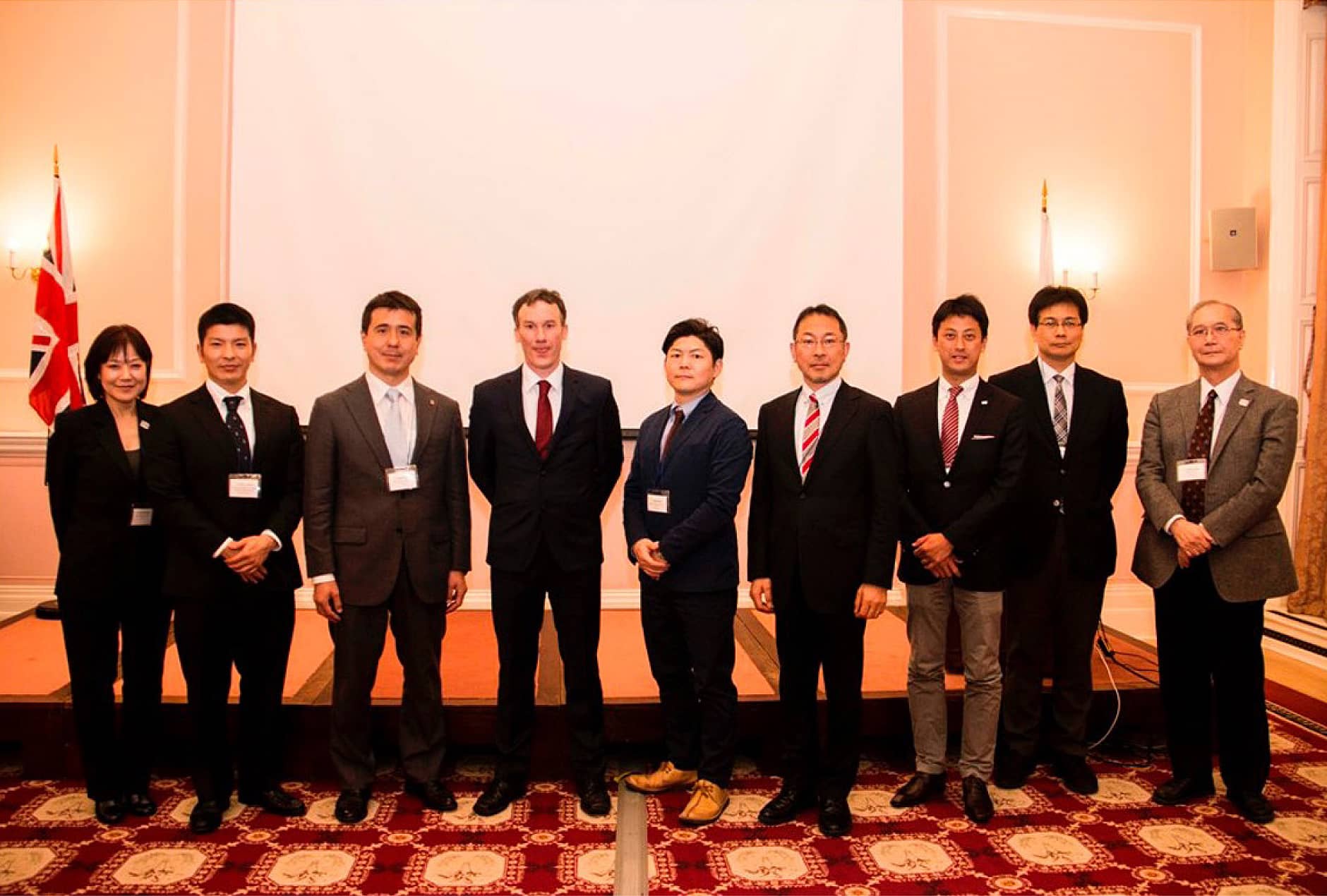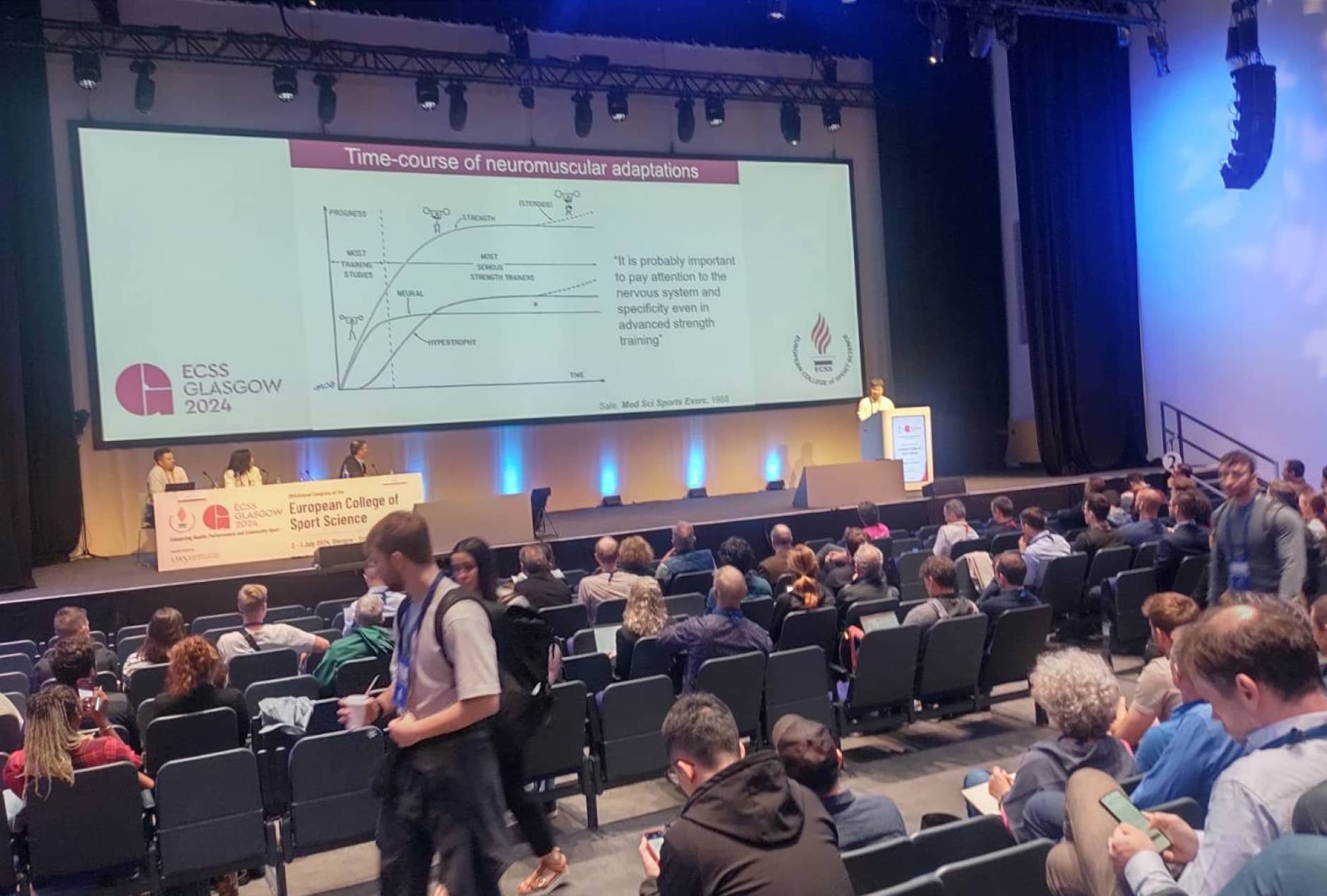Outline of collaborative research
Loughborough University is leading a pioneering research project using high-density surface electromyography (EMG) to explore how the central nervous system adapts to muscle training. This innovative work has produced significant findings, including an article in the Journal of Physiology titled “Non-invasive estimation of muscle fibre size from high-density electromyography.” This research highlights a new, non-invasive approach to measuring muscle fibre size, providing important insights for both health and athletic performance.
A related study, “Greater motor unit discharge rate during rapid contractions in chronically strength-trained individuals,” has been recently accepted for publication by the Journal of Neurophysiology. It focuses on how the nervous system enhances muscle activation during rapid, repeated contractions―a crucial factor in strength training and rehabilitation.
Additionally, two other papers have been published in the Medicine & Science in Sports & Exercise, utilizing MRI and biopsy techniques to delve deeper into muscle adaptation. They examine long-term strength training’s effects on muscle structure and the specific impacts of different hamstring exercises.
Another key study, published in the Journal of Applied Physiology, investigates sex differences in muscle morphology among elite sprinters. Current research is analyzing data on middle- and long-distance runners, expanding our understanding of how muscles respond to various athletic demands.
Papers, etc.
Peer-reviewed articles
- Non-invasive estimation of muscle fibre size from high-density electromyography, Journal of Physiology. 2023;601(10):1831-1850.
- Long-term resistance trained human muscles have more fibres, more myofibrils and tighter myofilament packing than untrained. Med Sci Sports Exerc. 2024;56(10):1906-1915.
- Hamstrings hypertrophy is specific to the training exercise: Nordic hamstring versus lengthened state eccentric training. Med Sci Sports Exerc. 2024;56(10):1893-1905.
Symposia, seminars, etc.
International symposium presentation
- Neural changes during prolonged resistance training. In: Neural, muscular and skeletal adaptations to long-term resistance training (with Folland, J.P. and Marques, E.). The Annual Congress of European College of Sports Science, July 4, 2024, Scottish Exhibition & Conference Centre, Glasgow, U.K.


Future prospects/aspiration
We are planning to continue and expand our ongoing research collaboration. Particularly, we will work on (i) the muscle morphology analysis of runners, examining the muscle size/distribution and its association with performance of sprinters as well as middle/long-distance runners, and (ii) completing secondary data analysis on resistance training adaptations, specifically examining potential regional muscle hypertrophy after different types of resistance training. This work with existing/recently collected data is expected to yield a number of high impact publications, and on-going data collection is expected to produce a pipeline of collaborative work.

